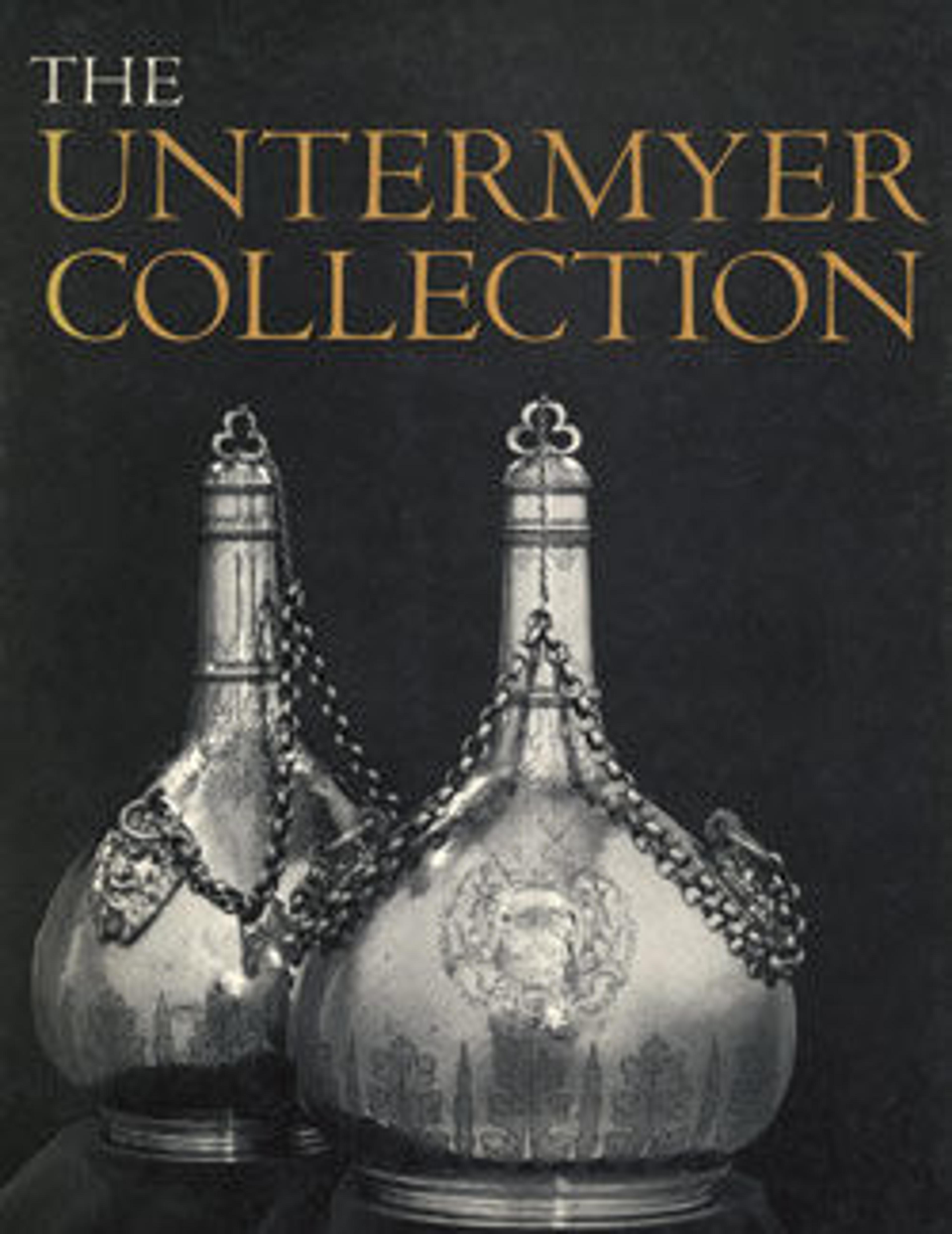Hercules Skinning the Nemean Lion
Hercules subdued the Nemean lion by order of his nemesis King Eurystheus, who ordered all twelve of his famous Labors. He is often shown wrestling with it but seldom if ever skinning it after slaying it. The figure reacting in fright at the side is a water nymph personifying a stream in the neighborhood of Mount Cithaeron, where Hercules performed this first of his Labors. As in all his groups, Lespingola cut the wax model into sections then reassembled them after casting. Here, there are three sections: lion with tree and ground, Hercules, and nymph. He availed himself of the lion’s tail, making it serve as a sprue for the casting.
Artwork Details
- Title: Hercules Skinning the Nemean Lion
- Artist: Attributed to François Lespingola (French, 1644–1705)
- Date: ca. 1675–1700
- Culture: French, probably Paris
- Medium: Bronze
- Dimensions: Overall: [curve of tail to Hercules extended toe], wt. confirmed: 18 × 17 × 8 7/8 in., 26.7 lb. (45.7 × 43.2 × 22.5 cm, 12.1 kg)
Base: 11 1/2 × 7 1/2 in. (29.2 × 19.1 cm) - Classification: Sculpture-Bronze
- Credit Line: Gift of Irwin Untermyer, 1964
- Object Number: 64.101.1485
- Curatorial Department: European Sculpture and Decorative Arts
More Artwork
Research Resources
The Met provides unparalleled resources for research and welcomes an international community of students and scholars. The Met's Open Access API is where creators and researchers can connect to the The Met collection. Open Access data and public domain images are available for unrestricted commercial and noncommercial use without permission or fee.
To request images under copyright and other restrictions, please use this Image Request form.
Feedback
We continue to research and examine historical and cultural context for objects in The Met collection. If you have comments or questions about this object record, please contact us using the form below. The Museum looks forward to receiving your comments.
